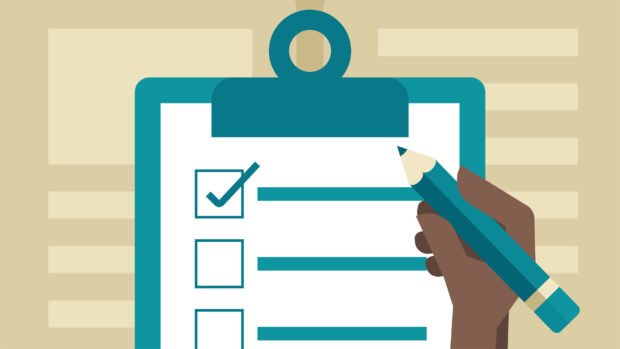
Prior, without a Japanese learning goal tracking method, I often get demotivated while learning Japanese. I have lived in Japan for 3 Years and am at a point with my Japanese where I can get around in daily conversations and interactions – and feel confident striking out on my own – so its easy for me to get complacent and demotivated around pushing through and learning Japanese.
I have spoken about this issue with other students at Coto Japanese Academy and several of them have told me that they too find that its hard to stay motivated around the upper beginner / intermediate stage.
Teachers have confirmed this phenomenon as well – once learners get to a certain point around the first few intermediate levels – many students stop taking courses.
About the author: Sam is a marketing staff at Coto Japanese Academy and is taking Nihongo Plus: Part Time Courses to improve his Japanese from Upper Beginner to Intermediate
But why does this happen?
I believe this happens for several reasons. Firstly, this is the stage in Japanese where you go from learning simple basic grammar and sentence patterns – and start learning more complex polite forms – this means two things 1- a lot of fancy grammar, and 2 – a lot of verb conjugation! How wonderful! ;D
Secondly, it is a stage where you can no longer see the instant progress that you used to see in your Japanese learning. And then when you add conditions like burnout, lack of real world practice – and other factors – it is easy to see why many students drop off.
However, I believe that the primary reason that intermediate learners like myself drop off at this stage is that they have a lack of clear goals.
Early in your Japanese learning – everything is new and everything is a challenge, you do not need to set language goals because you are naturally motivated by learning basic communication skills.
I believe that many of these issues can be dealt with by setting clear goals. What is a clear Japanese Learning Goal?
Here is an example of what is NOT a clear Japanese learning goal – “I want to be able to have conversations in Japanese“, “I want to be able to express my feelings in Japanese”.
These “goals” have very good intentions behind them – but they are about 3 levels too vague to be counted as succinct learning goals.
So how can we make these goals better? Let’s try to make them more clearly defined.
What about – “I want to be able to express a feeling of sadness about not being able to improve my Japanese learning past a certain level” – this statement gives us a clear idea of what we want to learn in Japanese and what vocabulary and grammar forms will be necessary to do so.
The next thing we can do to make this goal better is to give ourselves a clear deadline for when we want to learn this concept by.
Good Goals are primarily three things:
- Achievable
- Clear
- Have a deadline / timeline
You can use a project management system such as a gantt chart or a WBS / Work Breakdown Structure to give yourself a digestable timeline and trackable path forward to realize your learning goals.
This is just an example – but this system can be used to give you a visual plan of attack for what you are learning in your courses and will allow you to tie the grammar forms and conjugation rules that you are learning to learning goals that you have.
For example, if you are learning a causal form in Japanese – you could tie this form to being able to want to express the reason why you are finding it hard to be motivated in Japanese.
Use a project management system to track your Japanese learning progress

Download a copy of the Japanese Learning Goal tracking Spreadsheet here
(Made using this chrome add-on)
Having a clear plan for yourself takes away the confusion of not being able to learn and enables you to keep yourself motivated and with your eyes fixed on the prize. Are you burnt out our demotivated? Check out our Nihongo Plus: Part Time Courses for flexible, goal driven Japanese courses.
















